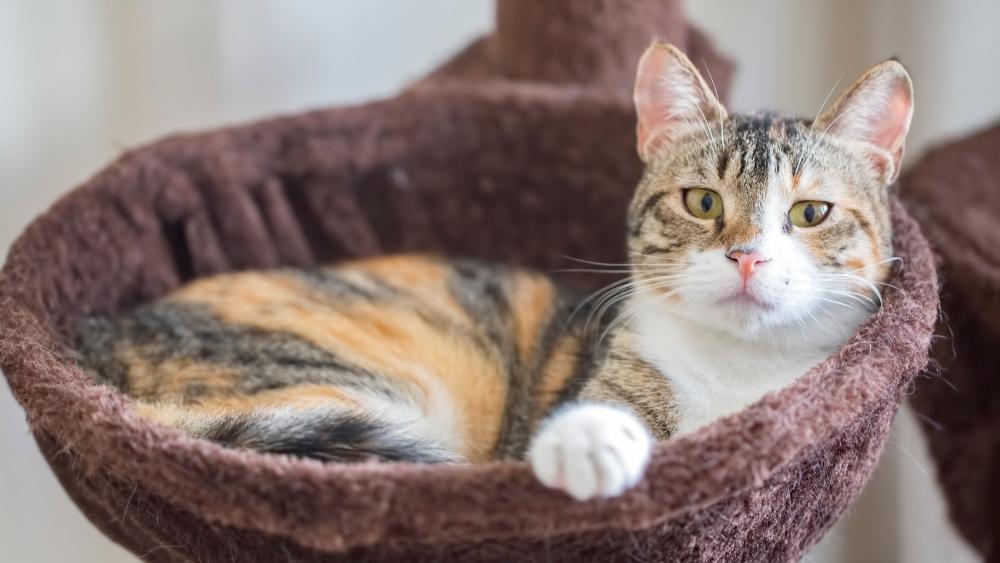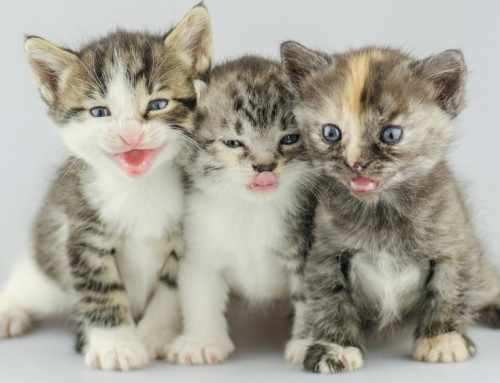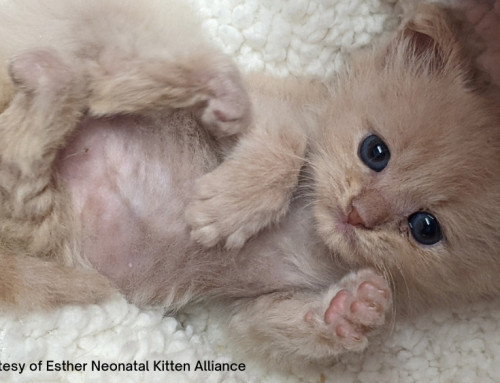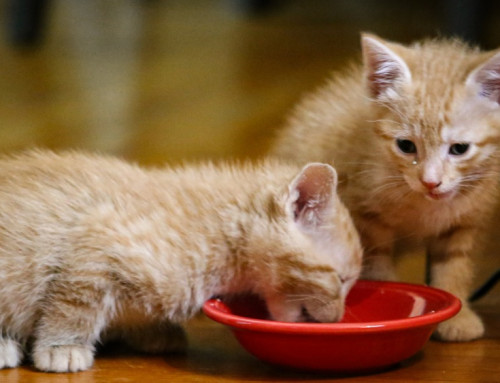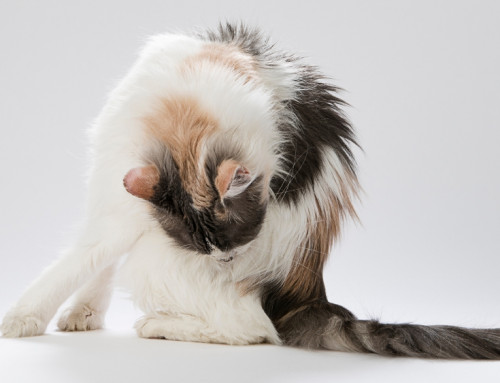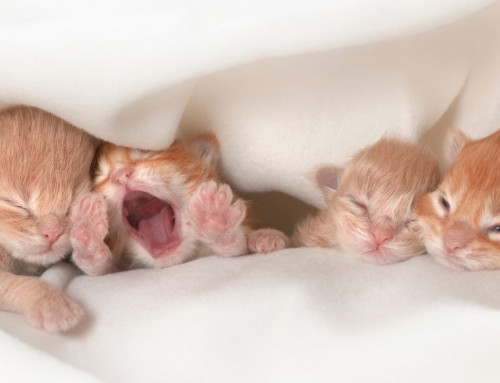Share this resource or email it to a friend!
This is part 3 of this 3-part series on FeLV. Part 1 covers transmission, and part 2 covers symptoms and diagnosis.
At the time of this writing, there isn’t a cure for FeLV; some therapies may decrease the amount of FeLV in a cat’s bloodstream but have significant side effects and aren’t effective in all cases.
Veterinarians typically treat and manage FeLV-positive cats exhibiting disease symptoms with antibiotics for bacterial infections or blood transfusions for severe anemia.
Actions to prevent exposure to FeLV-infected cats include:
- Testing all cats for FeLV before bringing them into a home
- Separating FeLV-positive cats from non-infected cats
- Having separate food and water dishes and litter boxes for FeLV-infected cats and non-infected cats
- Keeping cats indoors, away from potentially infected cats
- Providing outdoor supervision of all cats or placing them in a secure enclosure to prevent wandering and fighting
Although an FeLV vaccine is available, it’s not considered a core vaccine and won’t protect 100% of cats. The American Association of Feline Practitioners’ 2020 guidelines recommends FeLV vaccination for all kittens up to and including 1 year of age, especially in areas of high infection, because they are more susceptible to progressive infection, FeLV-associated disease and death if exposed to FeLV compared with adult cats.
Booster inoculation of uninfected cats is recommended only in cats considered to be at risk of exposure to FeLV-infected cats, for example in a household with FeLV-infected cats, because isolation and hygiene protocols might not be consistent. Vaccinating FeLV-infected cats is of no therapeutic value.
Infected females may transmit FeLV to their kittens in utero or via infected milk. Infected females shouldn’t be used for breeding and should also be spayed to eliminate the stress of heat cycles, if their condition is stable enough for surgery.
Routine veterinary monitoring every 6 months of FeLV-positive cats should assess weight, appetite, activity level, elimination habits, appearance of the mouth and eyes and behavior; a complete blood count should also be done at least every 6 months because of the greater frequency of virus-related hematologic disorders. Annual serum analysis and urinalysis should be done annually; urine samples should be collected by cystocentesis. Parasite prevention should be considered to reduce the risk of secondary infection and disease. Infected cats can be kept in the general hospital wards, but shouldn’t have direct contact with other hospitalized cats.
The American Association of Feline Practitioners recommends that FeLV-infected cats, especially those showing symptoms of immunosuppression, receive a single killed FDCVR (Feline Distemper/Panleukopenia, Calicivirus and Viral Rhinotracheitis) vaccine 1 year following the last dose of the initial series, then no more frequently than every 3 years.
A nutritionally balanced, complete feline diet appropriate to the cat’s life stage is especially important for infected cats. Raw meat and raw dairy products aren’t recommended because the risk of food-borne bacterial and parasitic diseases are likely greater to FeLV-infected cats due to their suppressed immune system.
Fortunately, adopters are now more willing to open their homes and hearts to FeLV-positive cats. Although the median survival time for FeLV-diagnosed cats is 2-1/2 years, they can live normal lives for prolonged periods of time when cared for appropriately by their pet parents and veterinarians.

